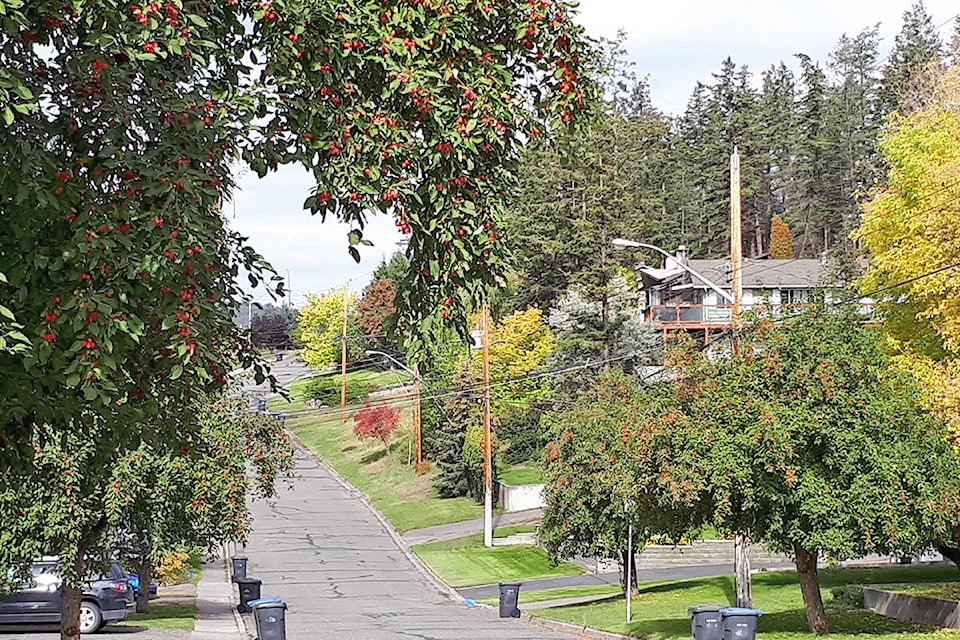When the temperature is well above the normal range for any length of time, people, animals and plants suffer.
Plants that are stressed by high temperatures wilt, burn and do not set fruit.
A plant wilts when it transpires or gives off more liquid than it takes up through its roots. This can be caused by not enough moisture in the soil or not enough roots to replace the moisture lost through transpiration or both.
Plants burn. Even the most heat loving plants need to gradually build up a tolerance for hot warm weather. In the spring plants are slowly introduced to the outside climate by taking them outside, into direct sunlight for a few hours a day. Slowly the time increases as does the intensity of the sunlight they receive.
When plants are left in the sun or a too hot area for any period of time, leaves or fruit can be affected. If the part or all of a leaf loses more moisture than can be immediately replaced that area or leaf will die resulting in spots on the leaves or the whole leaves turning a light tan to dark brown. The burnt area will feel dry and crisp.
If the total leaf is brown, remove it. Removing leaves that have burnt spots is not necessary except for cosmetic reasons. The healthy green areas in the leaf will still function.
High temperatures and hot intense sunlight burns fruit. Typically a raspberry will have a white area. The fruit will ripen and taste good but the burnt part will lack colour.
Apples and crabapples will also burn if the fruit is in direct contact with intense sunlight. Typically the burn will be a brown colour and found outwards from the tree. The burnt portion will not ruin the apple unless the temperature remains above 32 C (90 F) for an extended period of time. According to the University of Minnesota the sunburnt portion of the fruit starts to rot at high temperatures.
It is possible to protect plants from the intense sunlight by blocking the sunlight when it is at the hottest.
Shade cloth, sheets, umbrellas and any light weight material work well. Drape the plant with the cloth or put it on a frame to place it between the sun and plant.
Running a sprinkler during the hottest part of the day will help reduce temperature in the area. The sprinkler must run for a period of time as a light watering can also burn leaves.
Pay attention to the moisture level in the soil. Watering before the soil becomes completely dry is also important in preventing burnt leaves.
Plants have been programmed for survival. Heat loving plants such as tomatoes may flower in hot weather but fruit will be sparse. Pollen stays viable much longer in cool temperatures than it does in the heat. The short time when the pollen is viable makes it harder for insects or people to complete the pollination.
When walking through the garden expect to see lingering signs of the extreme hot weather.
Linda Tomlinson has gardened in central Alberta for over 30 years. She can be reached at you_garden@hotmail.com.
